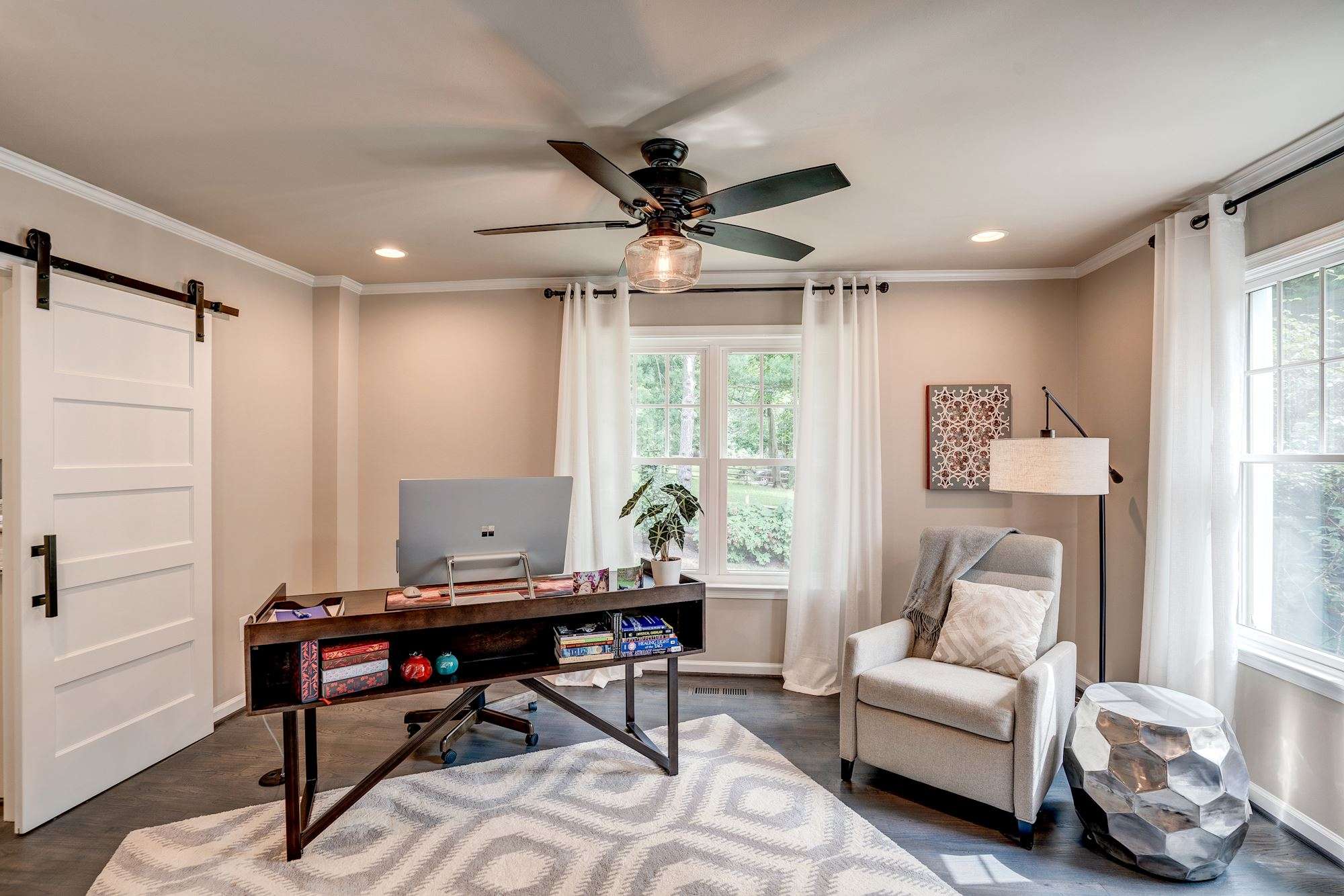
Study in Style: Creative Back-to-School Home Remodeling Projects
Back-to-school season is an exciting time for both parents and children. As families prepare for the upcoming academic year, one important aspect to consider is creating a conducive learning environment at home. With a well-designed and organized study space, students can enhance their focus, productivity, and overall learning experience. Read on to learn about various creative back-to-school home remodeling projects that can transform your study area into a stylish and functional space.
Understanding the Importance of a Conducive Learning Environment
Research indicates that the physical environment plays a vital role in influencing a student's ability to concentrate and engage in productive learning. By optimizing the study space, parents can provide their children with an atmosphere that fosters motivation and promotes academic success.
When it comes to creating an ideal learning environment, it's not just about having a desk and a chair. The impact of the physical space on learning goes beyond the basics. It encompasses various elements that work together to enhance a student's focus and cognitive abilities.
The Impact of Physical Space on Learning
Creating a space that is free from distractions can significantly improve a student's ability to concentrate. Minimizing noise is crucial in eliminating potential disruptions. Studies have shown that excessive noise can hinder information processing and memory retention. Therefore, it is essential to ensure a quiet environment, especially during study or homework time.
Proper lighting is another important aspect to consider. Natural light has been proven to positively affect mood and productivity. It is recommended to position the study area near a window to allow for ample daylight. In cases where natural light is limited, artificial lighting should be bright enough to prevent eye strain but not too harsh to cause discomfort.
In addition to noise control and lighting, ventilation also plays a significant role in creating an optimal learning environment. Good air quality enhances cognitive function and prevents drowsiness. Adequate ventilation helps remove stale air and circulate fresh air, ensuring that students remain alert and focused throughout their study sessions.
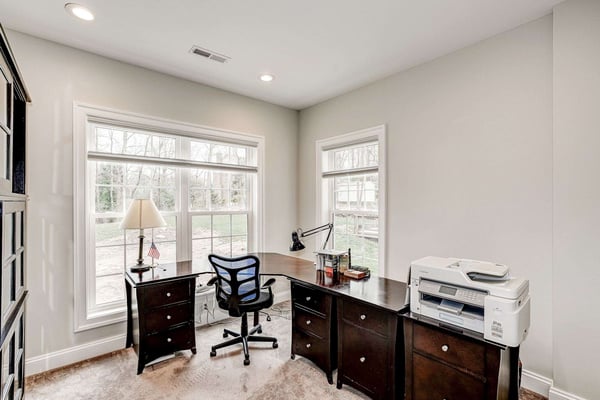
Balancing Functionality and Aesthetics in Study Areas
A well-designed study area should not only be aesthetically pleasing but also functional. It should provide ample storage for books and supplies, ergonomic furniture for comfortable studying, and appropriate seating arrangements to accommodate individual learning preferences.
Storage solutions are essential to keep the study area organized and clutter-free. Shelves, drawers, and cabinets can be used to store textbooks, notebooks, and other study materials. This not only promotes neatness but also helps students locate their resources easily, saving valuable time during study sessions.
Ergonomic furniture is crucial in maintaining good posture and preventing discomfort or strain. A comfortable chair with proper back support and an adjustable desk that allows for correct typing and writing positions can contribute to better focus and productivity. It is important to choose furniture that is suitable for the student's age and size to ensure optimal comfort.
Furthermore, seating arrangements should be flexible to accommodate different learning preferences. Some students may prefer a quiet and solitary environment, while others may thrive in a collaborative setting. Providing options such as individual desks, study pods, or group tables can cater to diverse learning styles and foster a sense of autonomy.
In conclusion, creating a conducive learning environment involves more than just providing a desk and a chair. By considering factors such as noise control, proper lighting, ventilation, storage solutions, ergonomic furniture, and flexible seating arrangements, parents can optimize the study space for their children. A well-designed learning environment not only enhances concentration and focus but also promotes motivation and academic success.
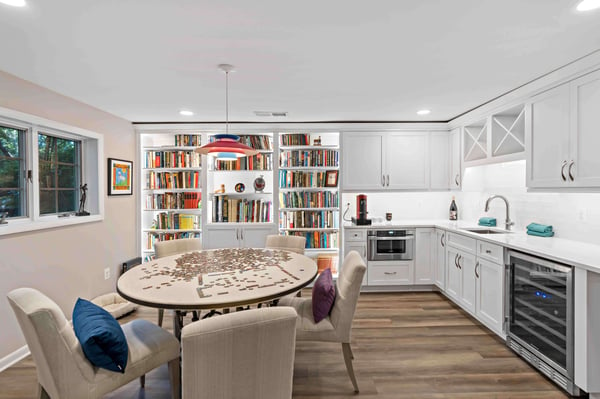
Planning Your Back-to-School Home Remodeling Project
Before diving into the world of home remodeling, it is essential to identify your child's study needs and set a budget for the project.
As the summer comes to an end, it's time to start thinking about getting your home ready for the upcoming school year. One of the most important areas to focus on is your child's study space. Creating a conducive environment for learning is crucial for their academic success. So, let's explore some key factors to consider when planning your back-to-school home remodeling project.
Identifying Your Child's Study Needs
Every student has unique requirements when it comes to studying. Some may need a quiet space free from distractions, while others may thrive in a more visually stimulating environment. Understanding your child's study preferences will help guide the remodeling process.
Take the time to sit down with your child and discuss their study habits. Are they easily distracted by noise? Do they prefer natural light or artificial lighting? Do they need ample storage space for books and supplies? By understanding their needs, you can tailor the remodeling project to create a study area that caters to their specific requirements.
Consider incorporating soundproofing materials to create a peaceful atmosphere. Install curtains or blinds that can control the amount of natural light entering the room. Invest in shelves, drawers, and organizers to keep their study materials organized and easily accessible.
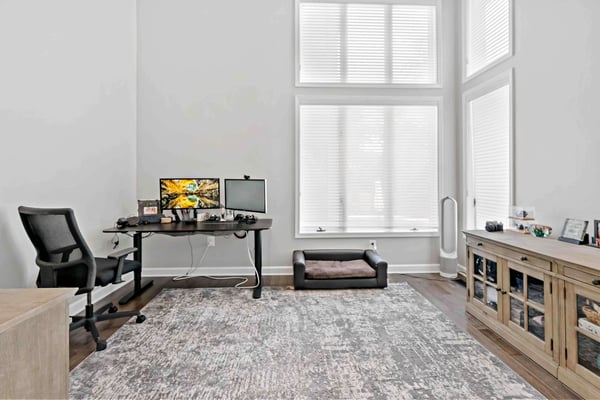
Setting a Budget for Your Remodeling Project
Remodeling your home doesn't have to break the bank. With careful planning and creativity, you can achieve a stylish study area within your budget.
Start by evaluating your financial situation and determining how much you can allocate for the remodeling project. Make a list of the necessary expenses, such as furniture, paint, lighting fixtures, and any other materials needed for the renovation.
Consider repurposing existing furniture to save money. A desk or table that can be refurbished or repainted can add a unique touch to the study area without the need for a new purchase. Look for affordable decor options, such as wall art, rugs, and curtains, that can transform the space without breaking the bank.
Another way to save money is by involving your child in the decision-making process. Let them have a say in the color scheme, furniture choices, and overall design. This not only encourages their creativity but also ensures that the study area reflects their personality and preferences.
Additionally, explore DIY projects that you can undertake together as a family. Painting the walls, building shelves, or creating a custom bulletin board can be fun activities that not only save money but also strengthen the bond between you and your child.
Remember, a well-designed study area doesn't have to be expensive. With careful planning, resourcefulness, and a little bit of creativity, you can create a functional and aesthetically pleasing space for your child to study and thrive in.
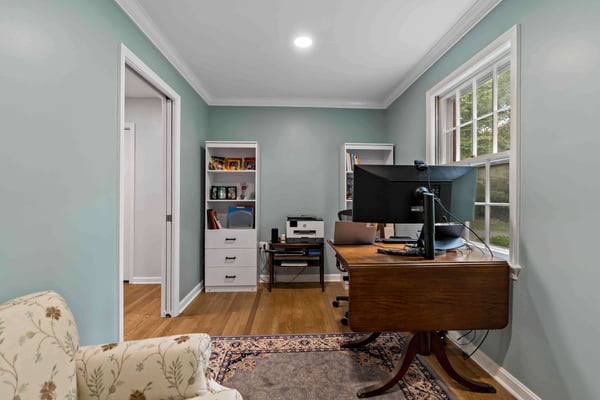
Creative Remodeling Ideas for Different Learning Styles
Each student has their own learning style, and tailoring the study area to accommodate these preferences can enhance their overall academic performance. Let's explore creative remodeling ideas for visual, auditory, and kinesthetic learners.
Visual Learners: Creating a Stimulating Environment
For visual learners, incorporating elements such as vibrant colors, educational posters, and visual aids can make the study space more engaging. Consider using chalkboard or whiteboard paint on one wall, allowing your child to jot down important concepts or create mind maps.
Auditory Learners: Designing a Sound-Optimized Study Area
For students who thrive on auditory learning, focus on creating a study space with good acoustics. Install sound-absorbing materials, such as acoustic panels or curtains, to minimize outside noises. Additionally, providing noise-canceling headphones and a dedicated area for listening to educational podcasts or audiobooks can greatly improve their learning experience.
Kinesthetic Learners: Incorporating Movement into the Study Space
Kinesthetic learners benefit from incorporating movement into their study routines. Consider adding a standing desk or exercise ball chair to allow for physical activity while studying. Providing hands-on learning materials, such as manipulatives or a whiteboard for interactive problem-solving, can also support their learning style.
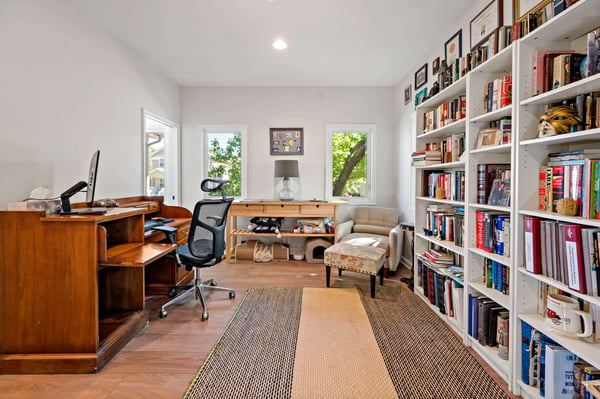
Incorporating Technology into Your Remodeling Project
In today's digital age, technology plays a crucial role in education. Integrating technology into your remodeling project can enhance your child's learning experience and prepare them for the modern world.
Tech Tools for Modern Learning
Research various educational technology tools that align with your child's academic needs. From online learning platforms to interactive educational apps, there are numerous resources available to support their studies.
Designing a Tech-Friendly Study Space
Incorporate tech-friendly features into your study area, such as built-in charging stations, cable management solutions, and a designated space for laptops or tablets. Ensure that the study space is equipped with high-speed internet and proper lighting for screen-based activities.
Maintaining Your Newly Remodeled Study Space
Once you have completed your back-to-school home remodeling project, it's important to maintain the functionality and organization of the study space to ensure its long-term effectiveness.
Organizing for Easy Maintenance
Implement storage solutions, such as shelving units, drawer organizers, and desk caddies, to keep books, supplies, and study materials easily accessible and organized. Encourage your child to develop good organizational habits, such as tidying up after each study session.
Encouraging Your Child to Take Ownership of Their Study Space
Empower your child to personalize their study area by allowing them to choose decor elements, organize their materials, and create a comfortable atmosphere. When students feel a sense of ownership over their study space, they are more likely to take pride in their academic pursuits.
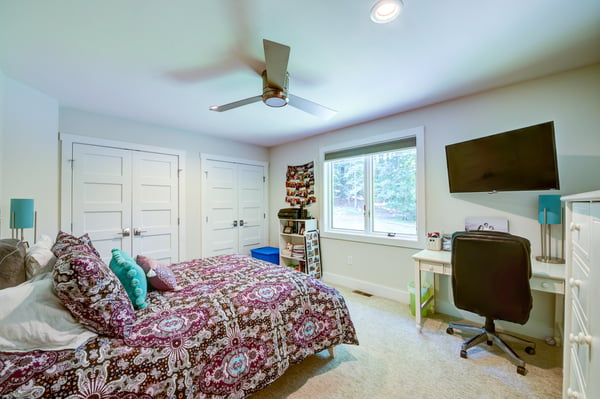
By implementing these creative back-to-school home remodeling projects, you can create a stylish and functional study area that inspires your child to excel academically. Remember, a well-designed study space goes beyond aesthetics - it sets the stage for a productive and enjoyable learning experience. So, get ready to embark on this exciting remodeling journey and create a study area your child will love!
